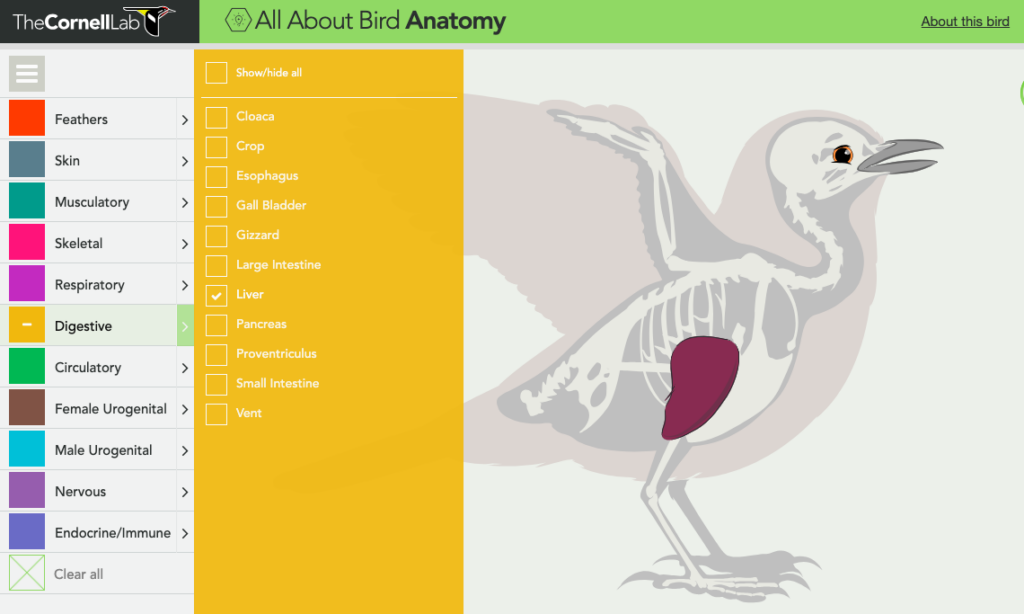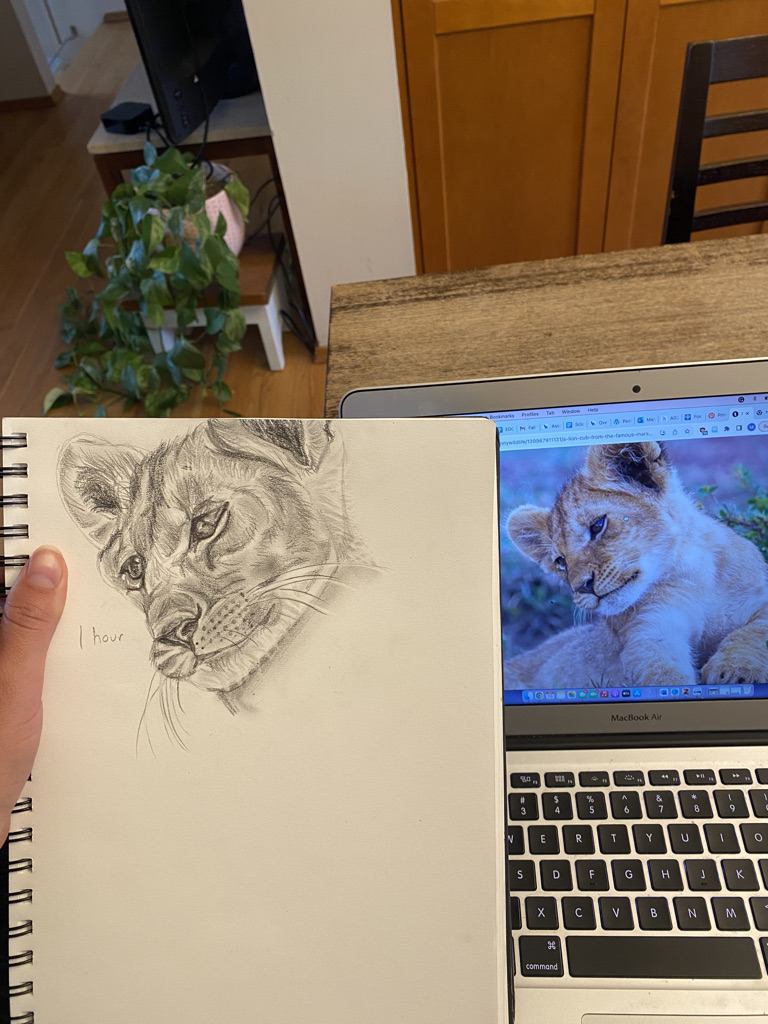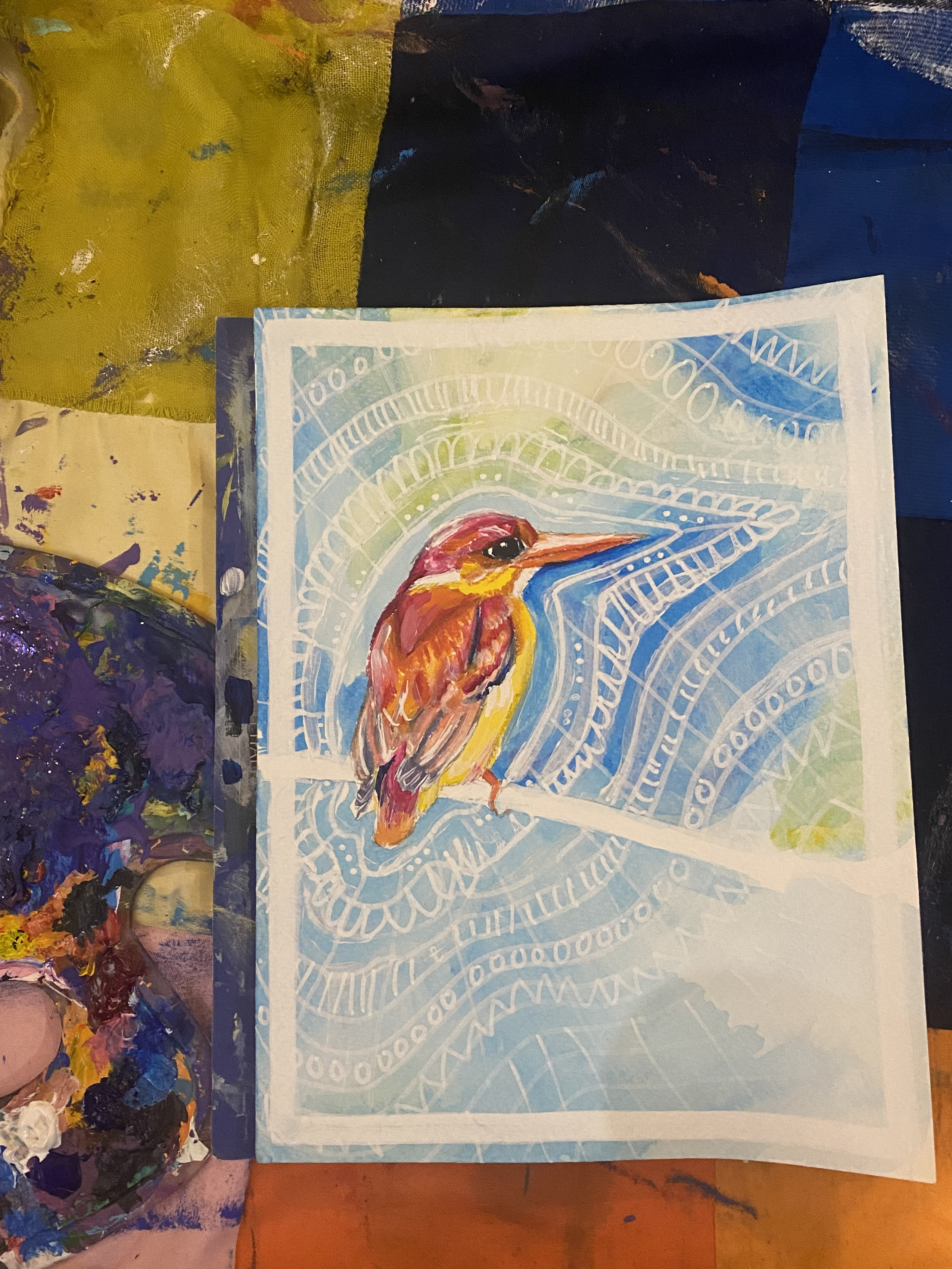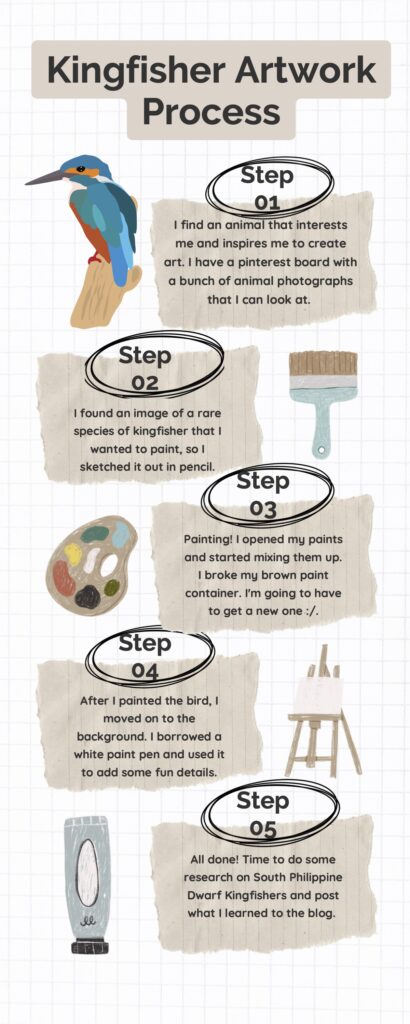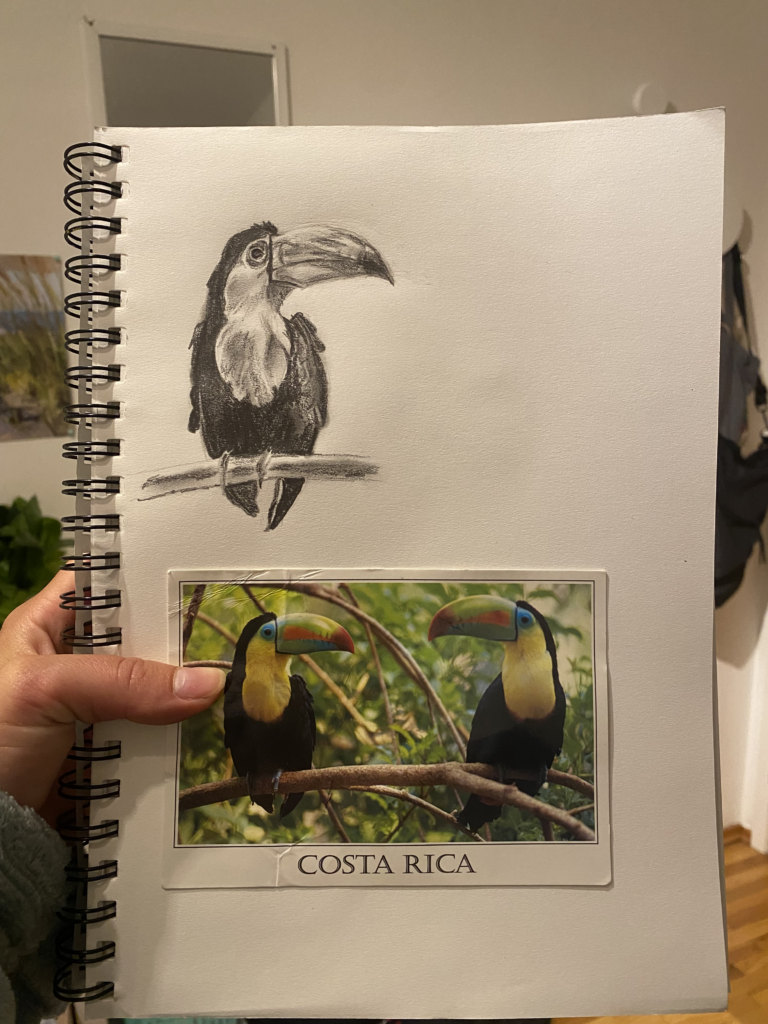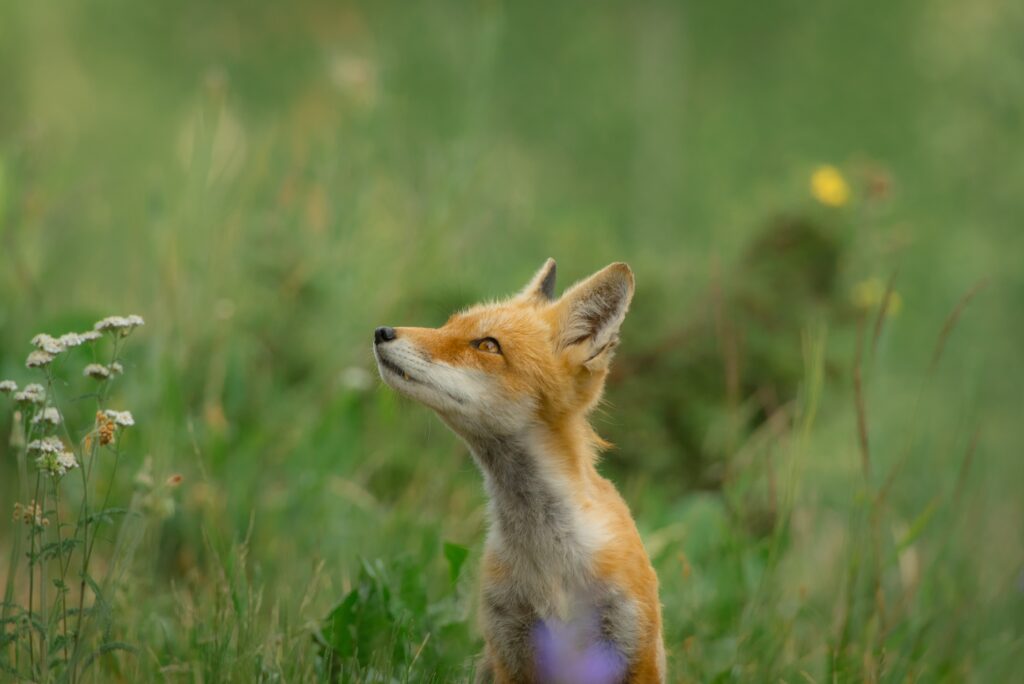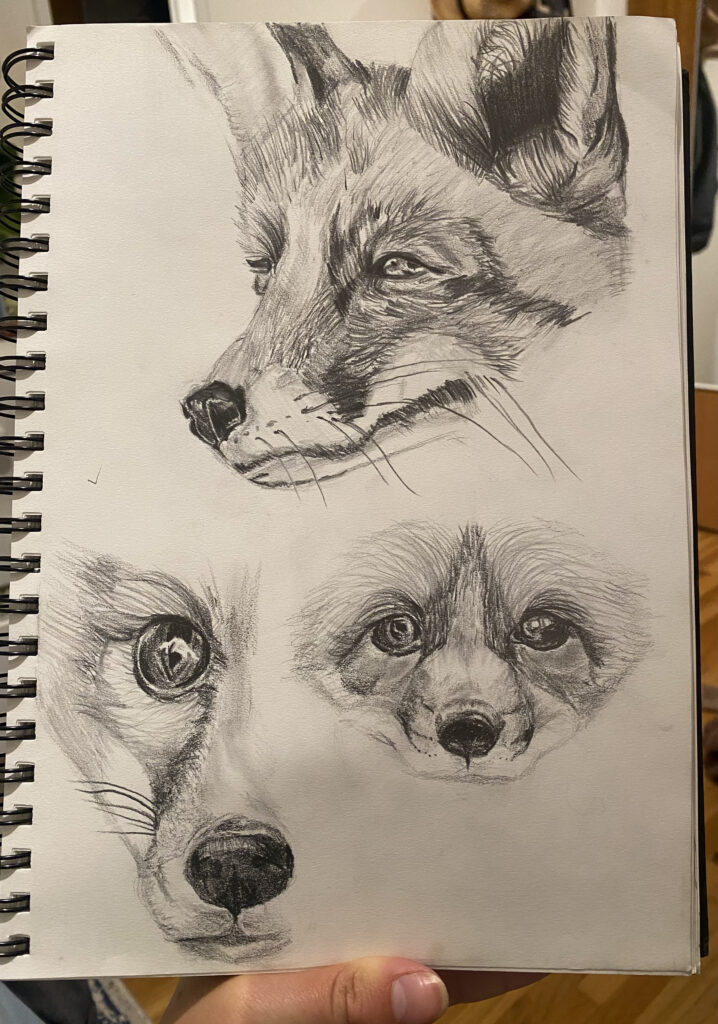Alert! It is bee time people! It’s the year of the bee! It actually isn’t the year of the bee but they have been popping up a lot in my life this year.
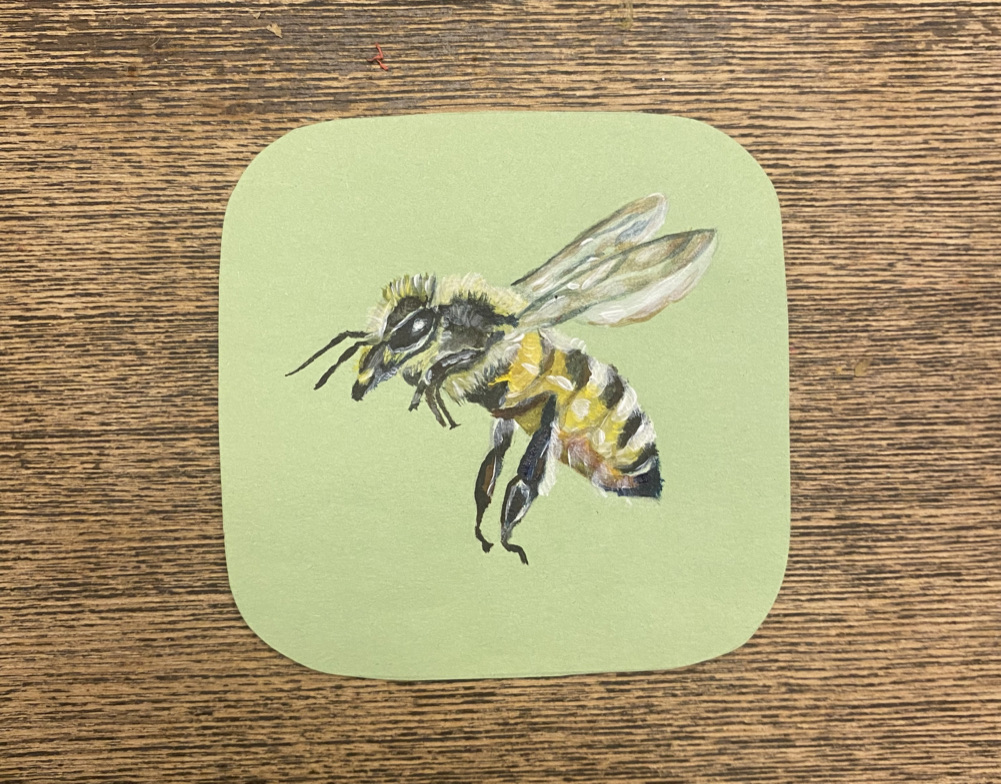
This painting comes just in time for Halloween! I’m being a bumblebee this year and I’m absolutely buzzing about it. I have most of the components of my costume and just need to bring it all together. As for the painting, I was slightly daunted about painting an insect since I never have before. It was easier to capture than I thought it would be, and I think it turned out okay! What I failed to work on this week was developing a background for my painting. As you can see, the background is a whole lot of green construction paper. There’s always next week!
Bees are pretty amazing creatures. If you want to learn more about them, watch the National Geographic video below. There are over 20,000 species of bees in the world and I’m not quite sure which species I painted. I find it fascinating how different bees in a colony will have different jobs. Some fun bee facts and information on the jobs in the bee colony can be found in the American Bee Journal.
I hope everyone enjoys their Halloween! See you next week.

